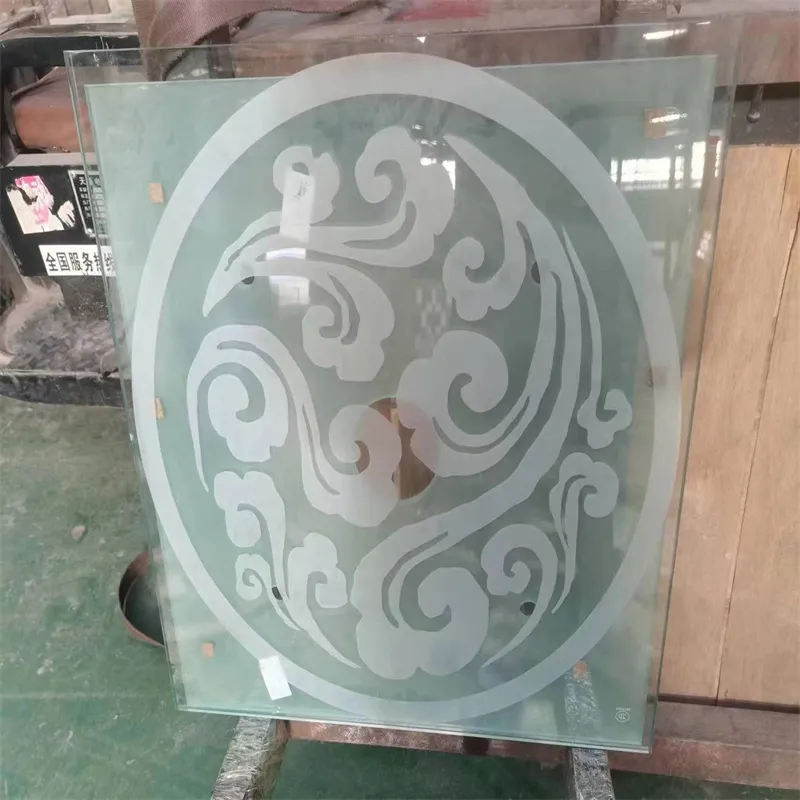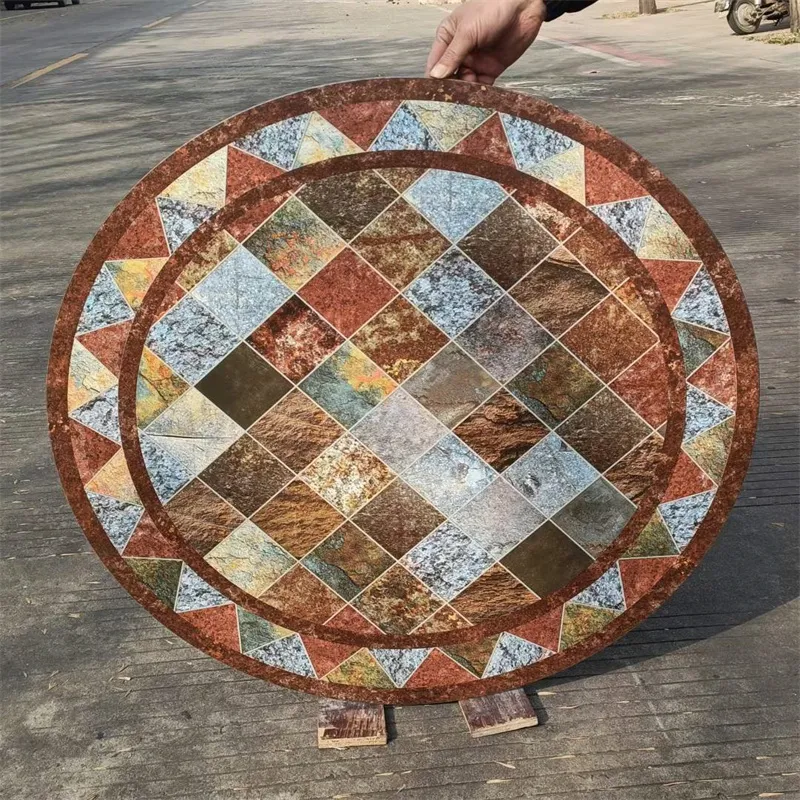Aug . 28, 2024 11:20 Back to list
Tinted and Reflective Glass - Enhance Your Space with Style and Functionality
The Benefits of Tinted and Reflective Glass in Modern Architecture
In contemporary architecture, the use of tinted and reflective glass has become increasingly popular
. This specialized glass not only enhances the aesthetic appeal of buildings but also offers a plethora of practical benefits. From energy efficiency to privacy enhancement, the advantages of tinted and reflective glass are numerous.Tinted glass is manufactured by adding metal oxides during the glass production process, resulting in a surface that absorbs solar energy. This absorption helps reduce glare and minimizes the amount of heat entering a building. As a result, tinted glass helps maintain a comfortable indoor climate, reducing the need for extensive air conditioning in hotter climates. This energy efficiency translates into lower utility bills for homeowners and businesses alike, making it a financially sound choice in the long run.
Furthermore, tinted glass provides enhanced UV protection. Harmful ultraviolet (UV) rays from the sun can fade interior furnishings, artworks, and flooring materials over time. By using tinted glass, property owners can shield their interiors from these damaging rays, prolonging the life of their investments. The added benefit of UV protection also helps reduce health risks associated with prolonged sun exposure, making tinted glass an appealing option for residential and commercial properties.
tinted and reflective glass

Reflective glass, on the other hand, has a distinctive shiny surface that reflects sunlight, thereby controlling solar heat gain more effectively than clear glass. It creates a mirrored façade that not only adds to the modern look of a building but also enhances privacy. Individuals inside a building can see out, while those outside cannot easily see in, allowing occupants to enjoy natural light without sacrificing their privacy. This aspect makes reflective glass particularly popular in office buildings and urban residences.
Additionally, both tinted and reflective glass contribute to the overall sustainability of buildings. By minimizing energy consumption through reduced heating and cooling demands, they help lessen a building’s carbon footprint. Moreover, when paired with energy-efficient design practices, such as strategic placement within a structure, these types of glass can significantly optimize energy use.
In conclusion, tinted and reflective glass plays a crucial role in modern architecture. Its aesthetic qualities, combined with practical benefits such as energy efficiency, UV protection, and enhanced privacy, make it an invaluable choice for architects and builders. As the demand for sustainable and visually appealing designs continues to grow, the prevalence of tinted and reflective glass in construction is likely to increase, shaping the future of our architectural landscape. Embracing these innovative materials not only fosters beautiful environments but also promotes a commitment to resource efficiency and sustainability in architectural practices.
-
Safety and Style with Premium Laminated Glass Solutions
NewsJun.24,2025
-
Reinvents Security with Premium Wired Glass
NewsJun.24,2025
-
Premium Float Glass Line for Modern Architecture
NewsJun.24,2025
-
Low Emissivity Glass for Energy-Efficient Architecture
NewsJun.24,2025
-
High-Performance Insulated Glass Solutions for Modern Architecture
NewsJun.24,2025
-
Elevates Interior Style with Premium Silver Mirror
NewsJun.24,2025
Related PRODUCTS














